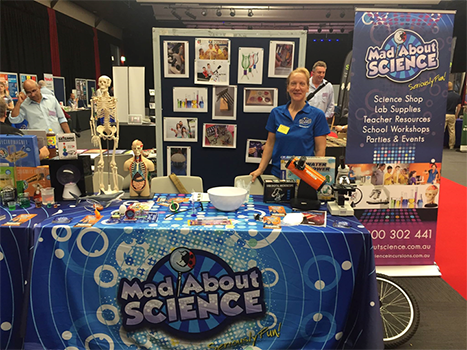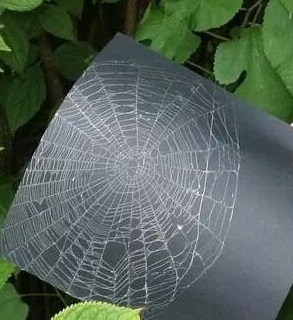We Have a Competition Winner!
Congratulations to Owen Wilson from Oran Park in NSW! Owen correctly stated that 71% of the Earth’s surface is covered in water. Owen, a terrific prize pack of a salt water spider bot, a pack of growing beads (just add water and watch them grow) and a pack of super water absorber (otherwise known as ‘nappy powder’ or ‘fake snow’) is on its way to you. Remember that our ‘Spider fun fact’ competition is still running – entries close Thursday 29th March.










